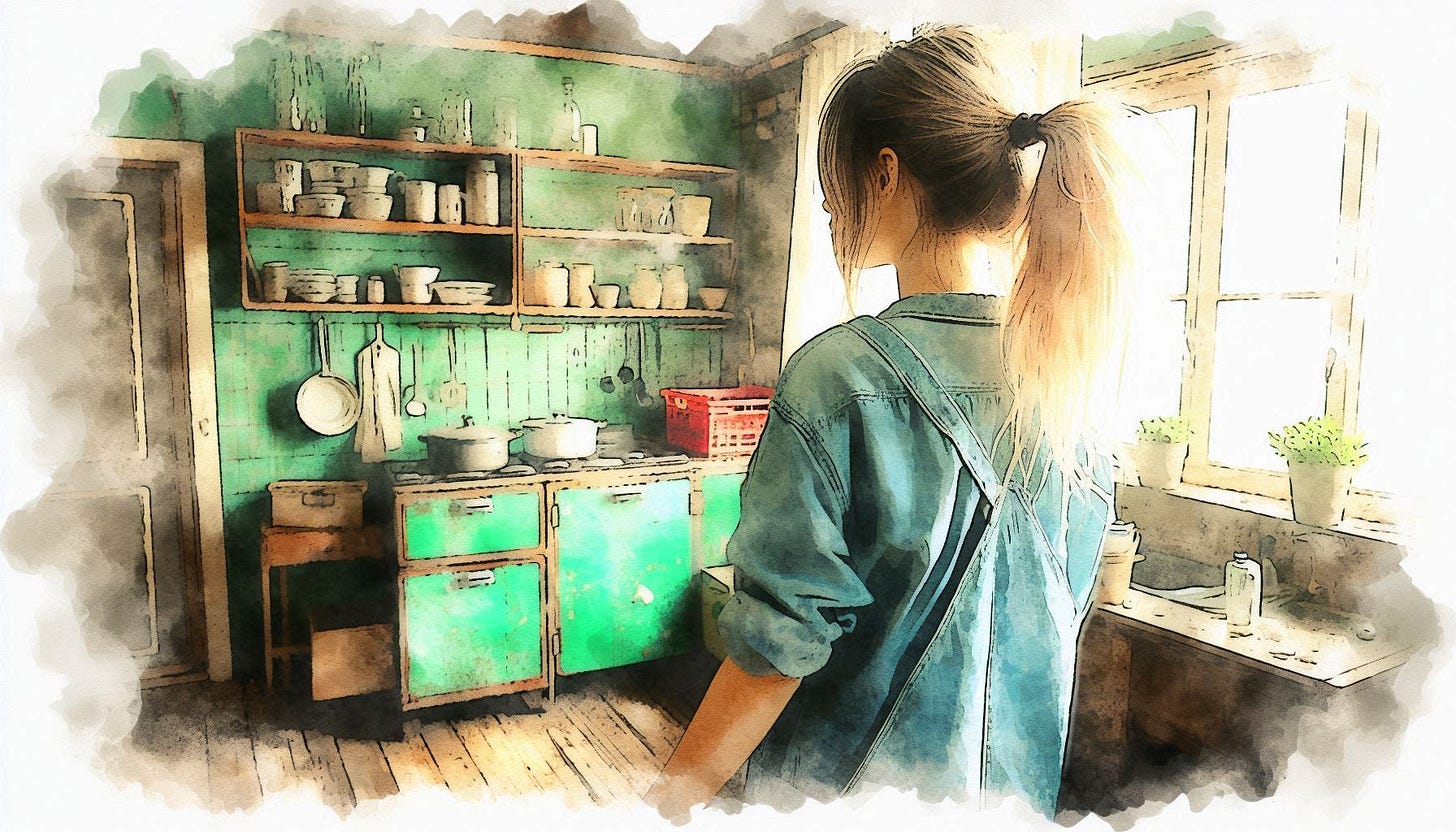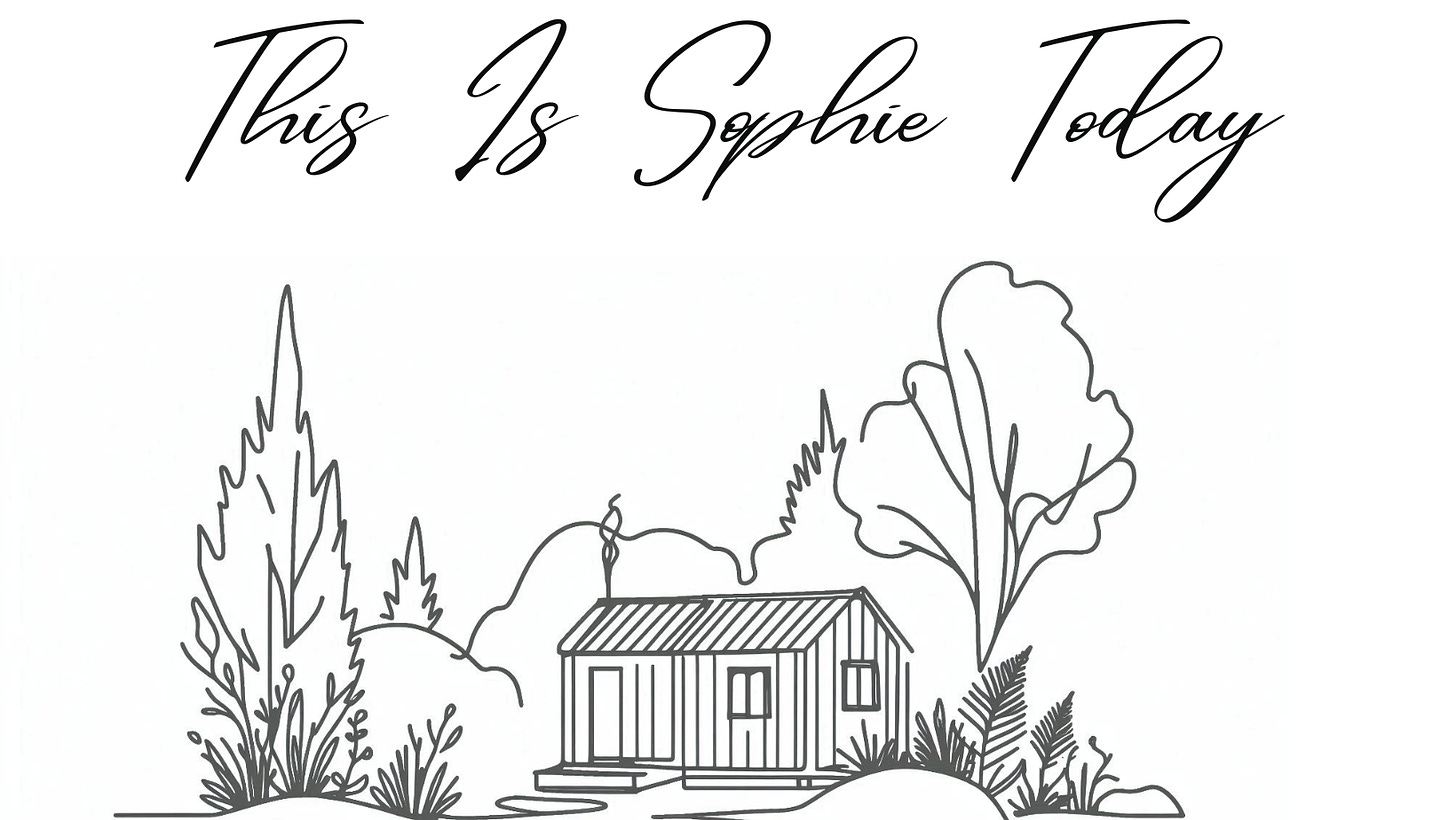In 1865 Lady Mary Anne Barker moved from England to New Zealand with her husband. They, of course, needed a house to live in.
Back then, houses were built elsewhere and transported to where they were needed, this was done by horses. Imagine the sight of that—quite the logistical feat. I’d bet her house was a little bigger than our tiny house, making it even more logistically challenging.
As her house was being built, she made a couple of trips to check it out. Lady Barker wasn’t exactly thrilled with New Zealand housing—nothing much has changed in 150 years, housing is still of questionable quality. In fact, when she saw her house, she wrote, “It is, of course, only of wood, and seems about as solid as a band-box; but I am assured by the builder that it will be a ‘most superior article’ when it is all put together.”
I’ve been enjoying reading Victorian-era books about colonial life in New Zealand. They remind me of a simpler time; what can I say? When I came across the above gem I couldn’t help but laugh, thinking of our own tiny house, which is probably as solid as a band-box, still unfinished, yet it has kept us warm through the long, cold winter.
Winter has well and truly passed now in New Zealand. So we have no more excuses not to finish work on our band-box of a house.
Our next task? Building the kitchen. And, much like Lady Barker, I’m hoping for a “most superior article.”
But, in true DIY off-grid fashion, this kitchen will be self-built and self-designed, using only found or gifted materials. That’s the plan. A bit of upcycling and ingenuity. So when my husband was gifted a pile of scrap wood, he immediately earmarked it for the kitchen—our kitchen, made from the bits and pieces others have thrown away.
The first step was simple enough: paint three of the supporting panels. But with our tiny house being, well, tiny, there was no room to paint inside. So, outside we went, setting up the panels under the open sky, and I got to work painting.
Immediately, nature decided to have her say. As my paint dried, what felt like thousands of little flies saw the fresh surface as a perfect new home. I had to start over. Round two? The skies opened up, and rain washed away my efforts. Then, on the third try, the wind joined in, scattering leaves and dust onto the wet paint. It felt like a never-ending battle—two steps forward, five steps back. Keeping nature out? Impossible. We'd wait for dry, sunny days, only to be swarmed by bugs. This was going to be a long road before my kitchen would become “a most superior item”.
After a couple of tries, hubby said, “I’ve been thinking. Your painting job clearly sucks.”
“A little offended, but I see your point,” I replied, ready to list all the ways nature had sabotaged my best efforts.
But he waved it off. “No, that's not what I mean. Yeah, it sucks, but we should just embrace it. Let’s make it a feature.”
Make it a feature—that’s been our motto for life for years. It’s our way of embracing the chaos, leaning into the mess, and stopping the pointless fight against things we can’t control. The Japanese have a beautiful term for it, kintsugi, where broken things are repaired with gold, making the flaws part of the beauty. The Stoics had the same idea: “The obstacle is the way.” Obstacles aren’t just roadblocks; they’re opportunities in disguise. Instead of resisting what’s in your path, you learn to use it, letting the challenge become the fuel for progress.
When nature kept telling us, in no uncertain terms, that we couldn’t control her, we decided to stop fighting and listen. We were going to make our surroundings part of the story, a feature of the kitchen that reminded us every day that life, like nature, is messy. No more trying to get everything to look pristine with a glossy finish.
Instead, we discovered a Japanese technique called shou sugi ban, which burns timber, highlighting the imperfections. This will be a most superior item indeed, and something very fitting for our environment. Potentially, it was also just an excuse to burn things; who knows?
The first time hubby tried the technique, all I could do was stare at him and say, “The picture you showed me looked better.” But he kept trying, all evening, burning pieces of pallet wood, sanding them, staining them, painting, burning some more, until he perfected his technique and showed beautiful pieces with a hint of colour and distinct black burn lines running through them.
Sometimes, the universe tells you loud and clear that things aren’t going to go your way. You can keep fighting it, or you can do what we did—make it a feature.
When Lady Barker finally arrived at the place that would be her home, she wrote to her sister and said, “It is not a palace, is it? But it is quite large enough to hold a great deal of happiness.” That's our tiny house: not a palace, but large enough for a great deal of happiness.
Something that inspired me this week:
This is a lovely little short film on YouTube. There are so many beautiful messages in just a short 13 min movie: the importance of being kind to strangers, you never know how you are going to impact on someone else's life, you have to opportunity to create who you want to be,… Well worth a watch!
This is what you can expect from me every week! A long-form article related to a reflection or life lesson on personal growth and one thing that inspired me this week. If you liked this, don’t keep it to yourself; share it with your friends:
There is now also a paid option for This Is Sophie Today. For now, my articles will not be paywalled, however this is a reader-supported publication and with just $5/month you will be supporting me to keep this going.







I love how this takes the frustration of DIY and turns it into something meaningful. The idea of making imperfections part of the story, rather than fighting them, really resonates Sophie - thank you :)
Wonderful. I had a feeling that the accidental imperfections were going to lead somewhere!